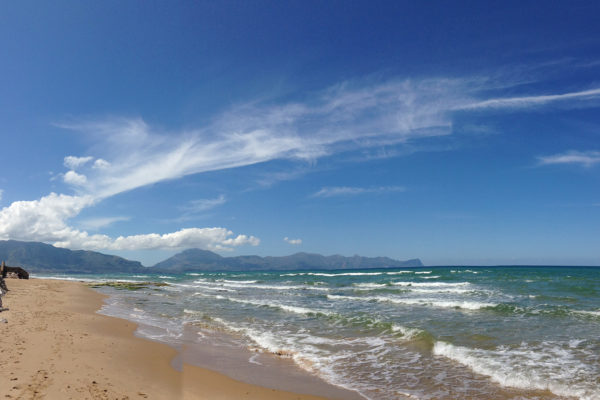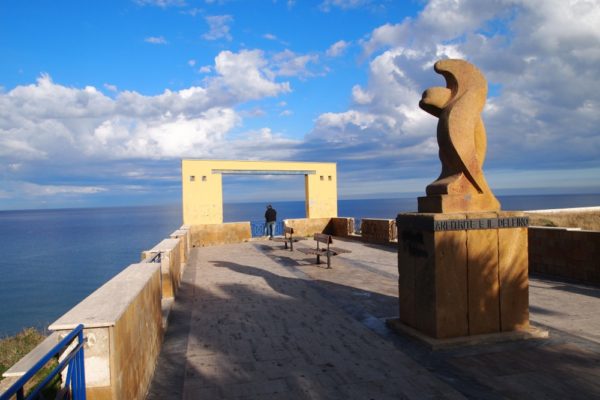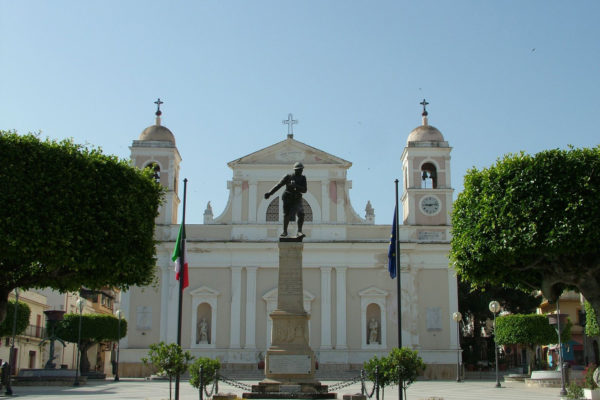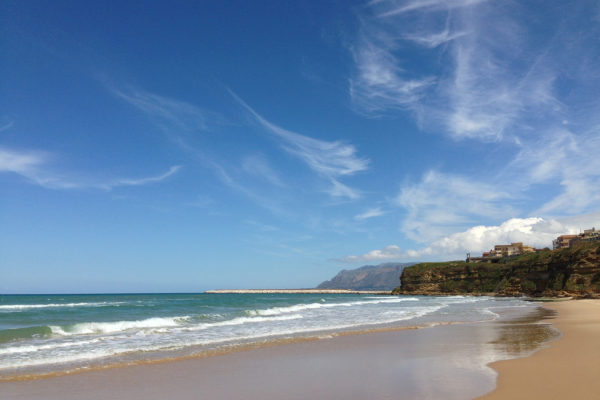The origins
Balestrate – or rather Sicciara – made its first appearance as an inhabited center in 1681, that is, in the year in which, on one side of the current Piazzetta S.Anna, Giacomo Santoro, the first sub-concessionaire of those lands, built his dwelling, which was accessed, as today, through an arch, surmounted by its coat of arms and still existing. The corbels of the old internal balcony, now embedded in lime, have remained too.
Around the square, he had other houses built, to give a stay to the peasants who worked there. He also built a small church, still extant, to which he gave the name of S.Anna, protectoress of women in labor, as a good omen for the birth of the new village.
The houses and the church were built with the stone of the ruined building of the ancient tuna farm of the princes of Fardella di Trapani, which had been built in 1517 under the promontory of the current “Conchiglia”.
Before then, the toponym of Balestrate, probably deriving from an imaginary crossbow shot, referred to an ancient royal right sanctioned in 1307 by Frederick II of Aragon; while the toponym of “Sicciara” evoked the cuttlefish, called in Sicilian ” Sicce “, of which the sea was and is still abundant, and it included a part of the territory on which the new village was built in 1681.






